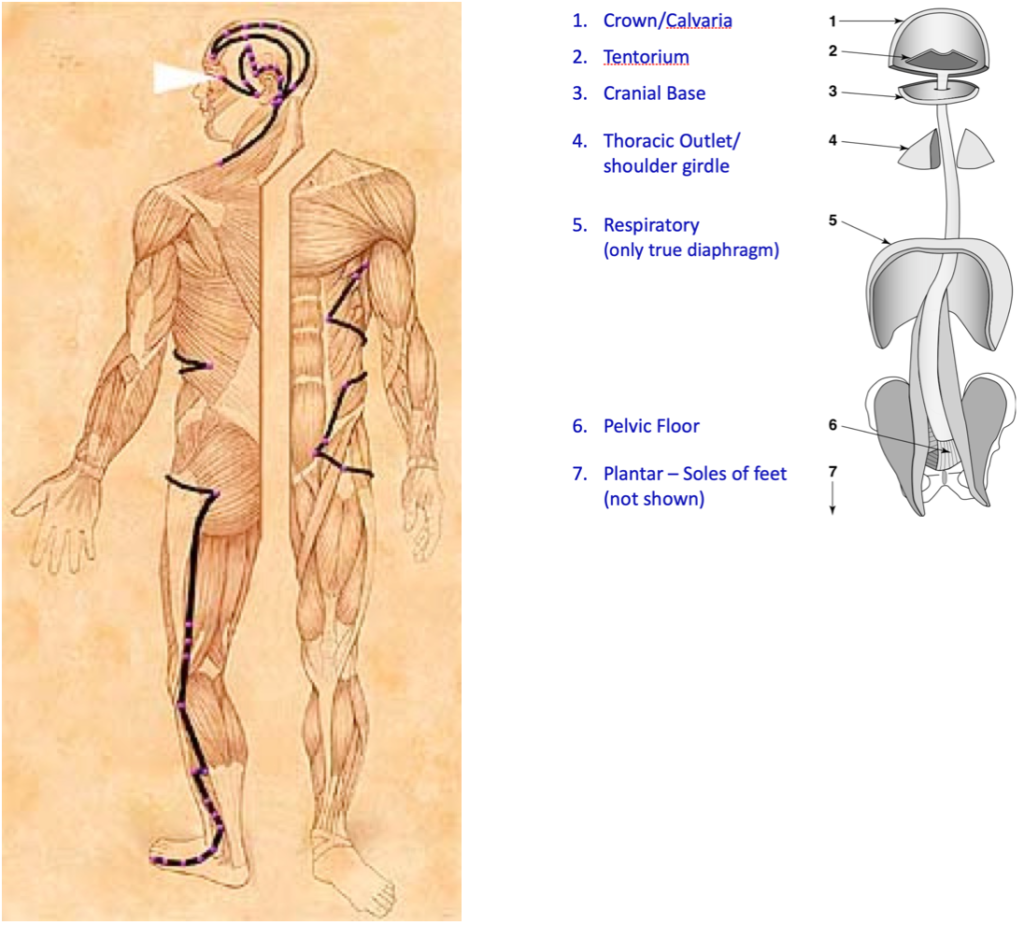Trauma Training Tip
Oh glorious Spring! Here in the mid-Atlantic the flowering and blooming come wave upon wave. Daffodils, tulips, forsythia, dogwoods, red buds, cherries, apples and peaches just keep flowing and flowering. They push through cold and dense earth to emerge with full color and rich expression and the fruits of a new year.
The energy of Spring is emblematic of the Sympathetic nervous system and the Wood Element in Chinese medicine. The Wood Element mirrors the Sympathetic Nervous System. It supports us to orient to challenges or threats, strategize solutions, mobilize necessary resources and implement an action of fight or flight when necessary for our survival. If our Wood is strong, clear and flexible it will know precisely how much mobilization is commensurate with the level of threat. We will neither under- nor over- mobilize for our defense. Like Goldilocks, it will be “just right.”
The Wood Element is expressed in the Liver and the Gall Bladder organs.
I’d like to give tribute to the too often overlooked Gall Bladder meridian and organ. As you can see in this image of the Gall Bladder meridian as it manifests in the posture of this squirrel — the Gall Bladder supports our posture for defensive orienting. It supports us to orient towards danger and spring into action.
If you were to overlay the Gall Bladder meridian on this image of the primary diaphragm system, you would see how it traverses all of the primary diaphragms. The diaphragms bind experiences of high arousal to give an appearance of regulation in spite of the life-threat they contain. The brace or collapse that remains in our core can have a major effect on our organs – giving rise to complex multi-symptom illness.

The Gall Bladder meridian also traverses the secondary diaphragms in the legs. These secondary diaphragms hold high levels of affect at the periphery – essentially in the joints. Injuries from an accident or fall may show up as a braced or collapsed state in the secondary diaphragms and manifest as chronic pain or proprioceptive disturbance.
You will want to open the peripheral diaphragms to create an “exit strategy” for energy bound in the primary diaphragms. Use your hands and your attention to mindfully circle the ankle or wrist, knee or elbow joints with your attention. Look for a sense of movement or pulsing. Help your patient track movement through their diaphragm system. The diaphragms operate like a wave flowing through the tissues. Each one influences the diaphragms above and below. If one is either braced tight or lacks tone it will influence the next diaphragm, and the function of the tissues and organs in-between.
A primary location for our proprioceptive nervous system is the ankle, energized by the Gall Bladder meridian. Supporting a return to balance and regulation in the ankle diaphragm system will support balance and proprioception in the legs. This can be vitally important for anyone at risk of falling.
Alaine’s Two Cents
Here’s a 10 minute video from Brain Education TV that shares some stretches and exercises to support your gall bladder.
Check This Out!
Return to the Tao! Is a 4-day retreat for new and experienced acupuncturists to re-discover what brought you to acupuncture.
It will meet from Thursday, July 28th – Sunday, July 30th 2023 in Deale, MD.
It is brought to you by Tao of Trauma acupuncturist Doren Day and her pal, Alison Downey, both successful healing arts practitioners who have not compromised on treating from the heart and are thriving – financially, emotionally and energetically.
Relish a few precious days that are JUST FOR YOU. Gaze out at the water, in rest and reflection. Make connections that feed the soul. Nourish your inward, personal practice as well as gain skills to apply to your professional practice — knowing the two are inextricable. Taste new ways of being that you can take home with you, to make your life better!
Savor this time to give to yourself – knowing EVERYONE benefits.
Space limited to 14 women.
More info here.
Clinical Curiosity
Where is your clinical curiosity carrying you?
Send me a question or two and I will explore them with readers in this corner next month.
Q.
I’m a Tao of Trauma student. Each module I learn new and amazing touch skills to “find” where the “issues are in the tissues” and help to restore regulation and tone to braced or collapsed organs, substances or functions. How do I decide which one of these approaches I should use and when for my patients? When do I bring attention to liver blood – or to the skin as a boundary organ, or the brain stem or the sub-occipital muscles? How about the primary vs. the secondary diaphragms?
A.
Great question – and it is a common one.
One of the benefits of the Tao of Trauma model is how it helps providers fine tune their attention with their patients. It is relatively easy for clinicians of all stripes to see the general dysregulation that trauma survivors manifest. When their symptoms and their experience are seen through the lens of the 5 Elements, and the wisdom of the resonant correspondences that our Taoist ancestors have taught us, we get to see more precisely where and how to access the “issues in their tissues.”
Where did your patient get tripped up in their experience of trauma? What function has been left behind, unfinished, incomplete? Each module explores one of the steps in the Self Protective Response – and how it manifests as dysregulation in its corresponding element. You will want to use the interaction, observation and touch skills from the Tao of Trauma to inform a titrated treatment plan that focuses on their constitutional type and the missing piece in how they navigated “too much, too fast, without adequate support” at some point(s) in their life. It will often be the same place in the Self Protective Response that is repeatedly vulnerable for them.
In a patient with complex-multi-symptom illness, you will eventually want to get to the tissues associated with their constitution that are holding the high affect — the primary diaphragms for the Metal, the Brain Stem for the Water, restoring Exploratory Orienting in the Eyes and Proprioception in the Secondary Diaphragms in the Wood, the Connective Tissue for the Fire, the Muscles for the Earth, or the Fluid system’s management of arousal from electrocution or poisoning. However — the principle of titration says you need to establish a foundation of regulation before you “wake” any of these tissues that may be carrying a very high charge.
Less activating locations for your attention may be the Skin as a boundary organ for the Metal, the Kidney/Adrenal for the Water, the Liver Blood for the Wood, titrated experiences of social engagement for the Fire, and the Viscera for the Earth.
I often recommend starting with the Kidney/Adrenal hold. The Kidney is the root of all yin and all yang – and is the source of the signaling center for threat. It is useful for all constitutional types and a great place to start especially for those who experienced pre or peri-natal trauma. At this point in our lives, we hadn’t developed our Ventral Vagal or more relational brake for sympathetic arousal – so we often had to use the Freeze/Collapse function in our Kidneys to suppress the high arousal threatening our cardiac function when we felt threatened. You may use it exclusively for some months, or you may include it as part of treatments with other more constitutionally focused attention in another location.
If you are an acupuncturist, add needles that reflect the organ, the tissue or the function that you are supporting with your touch. If you are a mental health provider, engage in the psychological expression of your client’s experience of your touch and attention.
Does that help?


